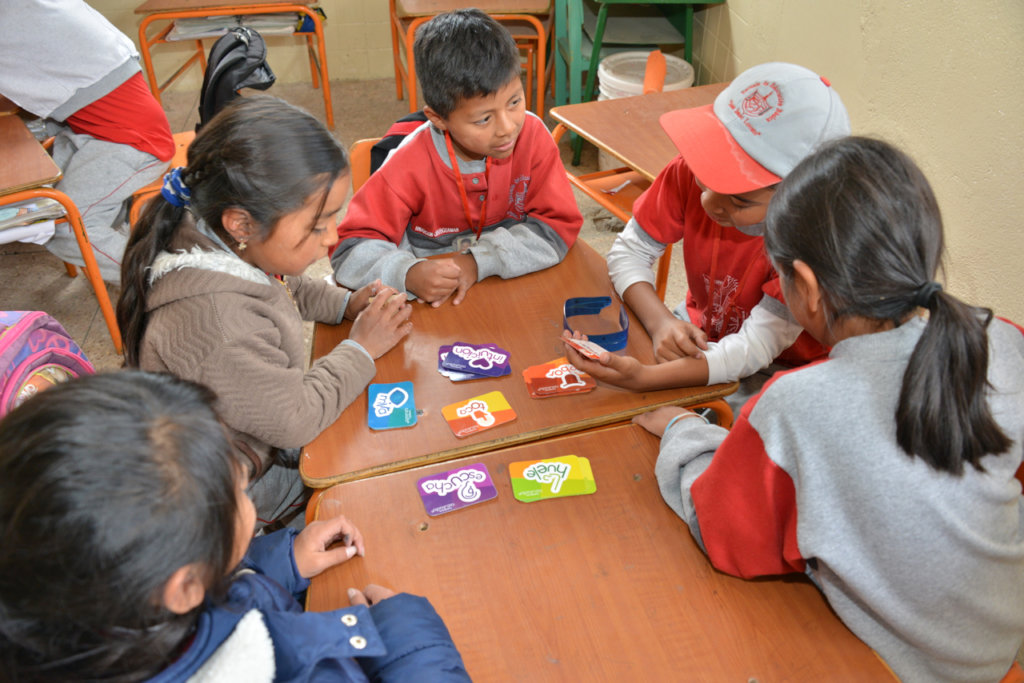A Ministry of Economic and Social Inclusion (Mies) report delves deep into the factors leading children to seek refuge in 84 foster homes across the nation, with an unveiling comprehensive analysis.
In a comprehensive report published in March 2023, the Ministry of Economic and Social Inclusion (Mies), unveiled the alarming statistics regarding children and adolescents residing in these shelters.
The findings revealed that a total of 2,184 children and adolescents call these foster homes their temporary residence. Astonishingly, an overwhelming 45.8% of them have been victims of parental neglect, a distressing indication of the magnitude of the problem.
This means that 1,007 innocent children and adolescents have endured severe and repeated neglect, deprived of basic necessities such as food, medical care, and education.
Neglect, abuse and violence
The Children’s Code, which serves as a legislative framework to protect the rights of children, outlines parental negligence as a form of abuse characterized by “serious or repeated neglect in fulfilling obligations towards children and adolescents.”
However, it is important to note that neglect is not the sole reason for children entering foster homes. The Mies report indicates that abuse and sexual violence rank as the second and third leading causes for children leaving the confines of their homes and seeking refuge elsewhere.
Within these shelters, there are 411 children who have suffered from abuse, bearing the emotional and physical scars of their traumatic experiences.
Additionally, 332 children have endured the unimaginable horrors of sexual violence, leaving them deeply traumatized and in need of specialized care.
Moreover, a heartbreaking reality is that 222 children have been abandoned by their families, left to navigate the complexities of life on their own.
In an even more appalling statistic, 62 children have become victims of the crime of human trafficking, subjected to unimaginable exploitation and abuse.
Further exacerbating the situation, there are 163 children who were orphaned, either due to their circumstances on the streets or as the offspring of women who are incarcerated.
Not just Ecuadorian
One striking aspect of these foster homes is the remarkable diversity they encompass. They provide a haven not only to Ecuadorian children but also to minors hailing from six other countries.
Alongside the Ecuadorian children, these shelters offer solace to minors from Venezuela, Colombia, Peru, Spain, Cuba, and Guinea.
Many of these children have been abandoned or discovered in precarious street conditions, prompting their admission into foster homes to safeguard their rights and provide them with the care and stability they need.
In some cases, parents have willingly left their children in foster care to pursue work opportunities, generate income, or migrate to other countries in search of a better future, further exacerbating the challenges faced by these children.
The Mies report emphasizes the overarching principle that social protection services are extended to all individuals residing within the country, regardless of their nationality.
Disabilities exacerbate problem
Furthermore, the report delves into the specific challenges faced by children with disabilities within foster homes. Among the children residing in these shelters, approximately 10% have been identified as having some form of disability.
Within this group, intellectual disabilities prevail, affecting 161 children and adolescents, significantly impacting their cognitive and adaptive functioning.
Physical disabilities also pose significant obstacles for 40 children and adolescents, hindering their mobility and requiring specialized care.
Additionally, nine individuals within the foster homes grapple with psychosocial disabilities, highlighting the complex interplay between mental health and overall well-being.
Notably, there are also nine children currently undergoing evaluation to determine the nature and extent of their disabilities.


0 Comments